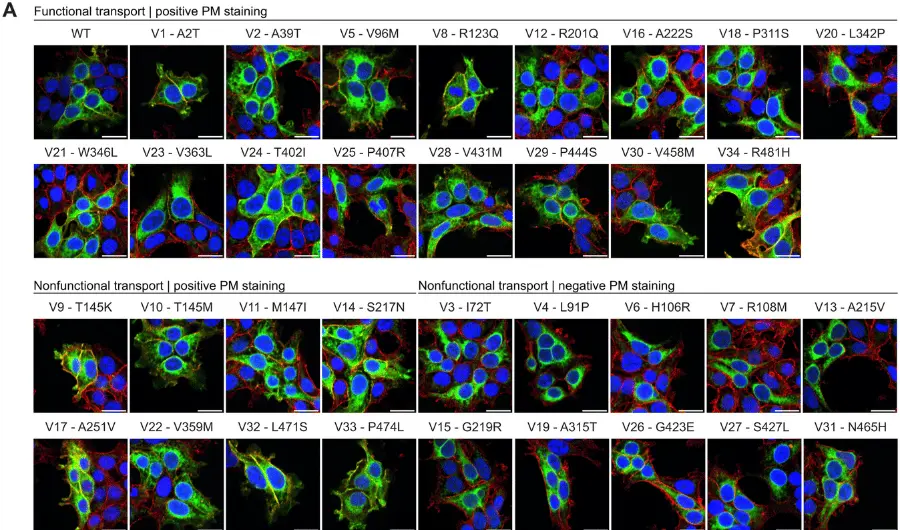Characterizing the Treatment Gap in the U.S. Among Adult Patients with A New Diagnosis of Epilepsy
May 9, 2023
Abstract found on Wiley Online Library
Objective: Epilepsy is largely a treatable condition with antiseizure medication (ASM). Recent national administrative claims data suggest one-third of newly diagnosed adult epilepsy patients remain untreated 3?years after diagnosis. We aimed to quantify and characterize this treatment gap within a large U.S. academic health system leveraging the electronic health record (EHR) for enriched clinical detail.
Methods: This retrospective cohort study evaluated the proportion of adult patients in the health system from 2012-2020 who remained untreated 3?years after initial epilepsy diagnosis. To identify incident epilepsy, we applied validated administrative health data criteria of two encounters for epilepsy/seizures and/or convulsions, and we required no ASM prescription preceding the first encounter. Engagement with the health system at least 2?years before and at least 3?years after diagnosis was required. Among subjects who met administrative data diagnosis criteria, we manually reviewed medical records for a subset of 240 subjects to verify epilepsy diagnosis, confirm treatment status, and elucidate reason for nontreatment. These results were applied to estimate the proportion of the full cohort with untreated epilepsy.
Results: Of 831 patients who were automatically classified as having incident epilepsy by inclusion criteria, 80/831(10%) remained untreated 3?years after incident epilepsy diagnosis. Manual chart review of incident epilepsy classification revealed only 33% (78/240) had true incident epilepsy. We found untreated patients were more frequently misclassified (p<0.001). Using corrected counts, we extrapolated to the full cohort (831) and estimated <1% to 3% had true untreated epilepsy.
Significance: We found a substantially lower proportion of patients with newly diagnosed epilepsy remained untreated compared to previous estimates from administrative data analysis. Manual chart review revealed patients were frequently misclassified as having incident epilepsy, particularly patients who were not treated with an ASM. Administrative data analyses utilizing only diagnosis codes may misclassify patients as having incident epilepsy.







